Understanding the Evolution of Aircraft Service: From Maintenance to Passenger Experience
The evolution of aircraft service has undergone significant transformation over the past few decades, shifting from traditional maintenance practices to a comprehensive focus on enhancing passenger experience. According to the International Air Transport Association (IATA), the global aviation industry is projected to reach a market size of $1 trillion by 2025, reflecting an increasing demand for efficient and customer-centric aircraft service. While maintenance remains a vital aspect of ensuring safety and reliability, airlines are now prioritizing initiatives that enhance the overall journey for passengers. Reports indicate that airlines investing in improved in-flight services see a notable increase in customer satisfaction ratings—up to 15% higher than their competitors. This shift underscores the critical importance of integrating maintenance protocols with a keen awareness of passenger needs, ultimately redefining what aircraft service means in today’s competitive landscape.
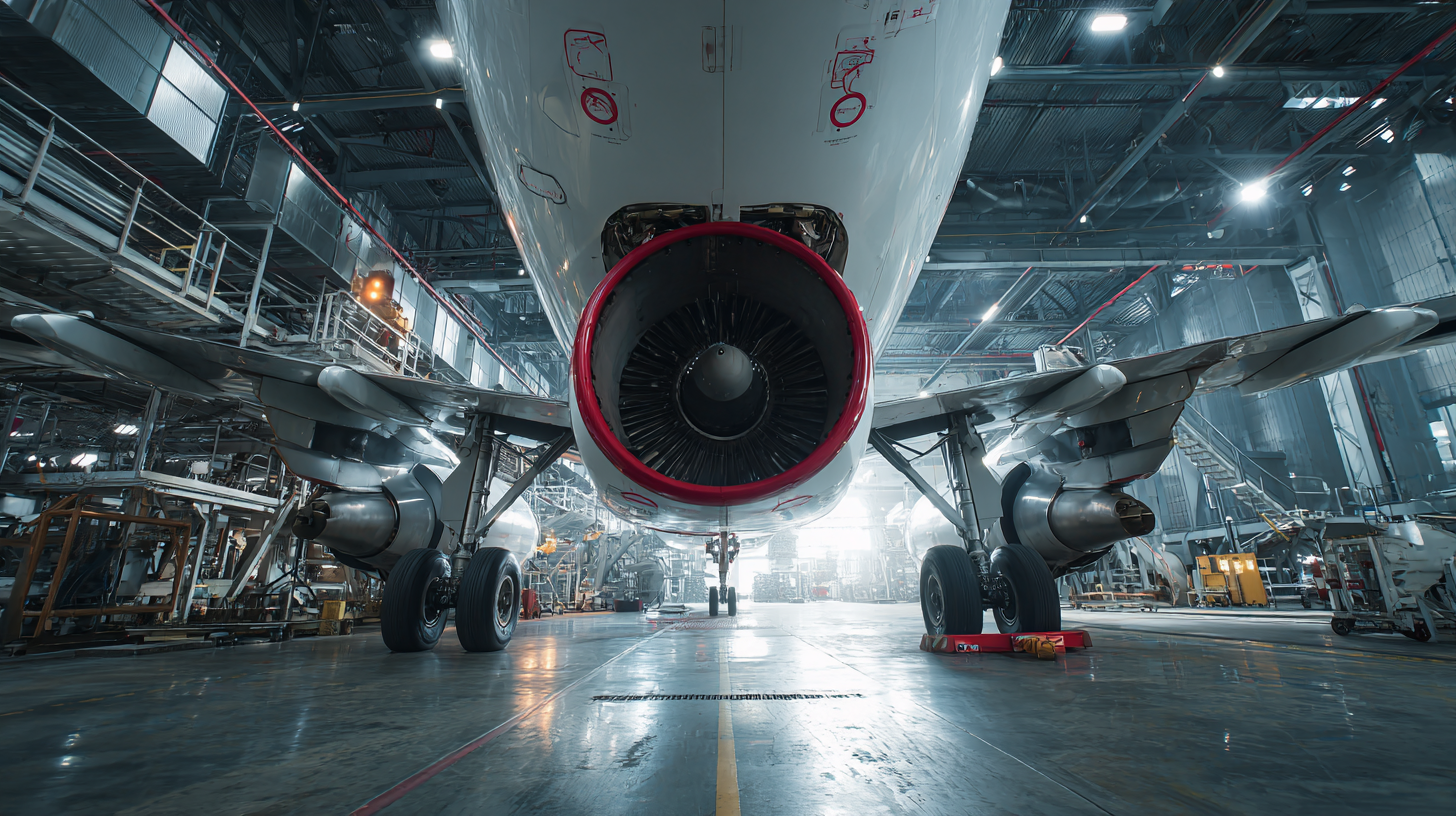
The Historical Development of Aircraft Maintenance Practices
The historical development of aircraft maintenance practices has evolved significantly since the inception of commercial aviation. In the early days, maintenance was often rudimentary, focused primarily on basic mechanical inspections and repairs. As commercial aviation expanded, regulatory bodies such as the Federal Aviation Administration (FAA) began implementing stricter guidelines to ensure airworthiness. According to a report by the International Air Transport Association (IATA), maintenance costs represent 10-15% of an airline's total operating expenses, underscoring the importance of refined and systematic maintenance protocols.
With advancements in technology, aircraft maintenance practices have transformed from traditional methods to more sophisticated approaches. The integration of predictive maintenance powered by data analytics has become a game-changer in the industry. A study by McKinsey & Company highlights that predictive maintenance can lead to a 10-30% reduction in maintenance costs, while improving aircraft availability. This shift not only enhances operational efficiency but also significantly impacts passenger experience, as airlines can minimize delays caused by unscheduled maintenance, thereby fostering higher levels of customer satisfaction. The evolution of these practices continues to shape the future of air travel, ensuring safety and reliability remain paramount.
Understanding the Evolution of Aircraft Service: Maintenance vs Passenger Experience
The Role of Technology in Enhancing Aircraft Service Efficiency
The aviation industry is undergoing a significant transformation driven by technological advancements and the urgency for sustainability. A recent report highlights that the 5G aviation market is poised to witness exponential growth, with applications in enhancing connectivity and operational efficiency. By incorporating components such as enhanced mobile broadband (eMBB) and ultra-reliable low-latency communication (URLLC), airlines can dramatically improve passenger experience and streamline maintenance processes. For instance, real-time data processing and communication capabilities enable aircraft to relay performance metrics instantaneously, thus facilitating timely maintenance decisions and reducing downtime.
Moreover, innovative technologies are reshaping the airport experience. The emergence of smart airports is revolutionizing how passengers interact with their environment, leveraging design and technology to create more user-friendly spaces. According to industry reports, the integration of new technological solutions can increase operational efficiency and significantly enhance customer satisfaction, ultimately leading to a more seamless travel experience. Companies are now prioritizing investments in artificial intelligence and cybersecurity to ensure robust service quality and safety amidst evolving technological landscapes. As the industry shifts focus from mere speed to a holistic passenger experience, technology plays a pivotal role in driving this transformation.
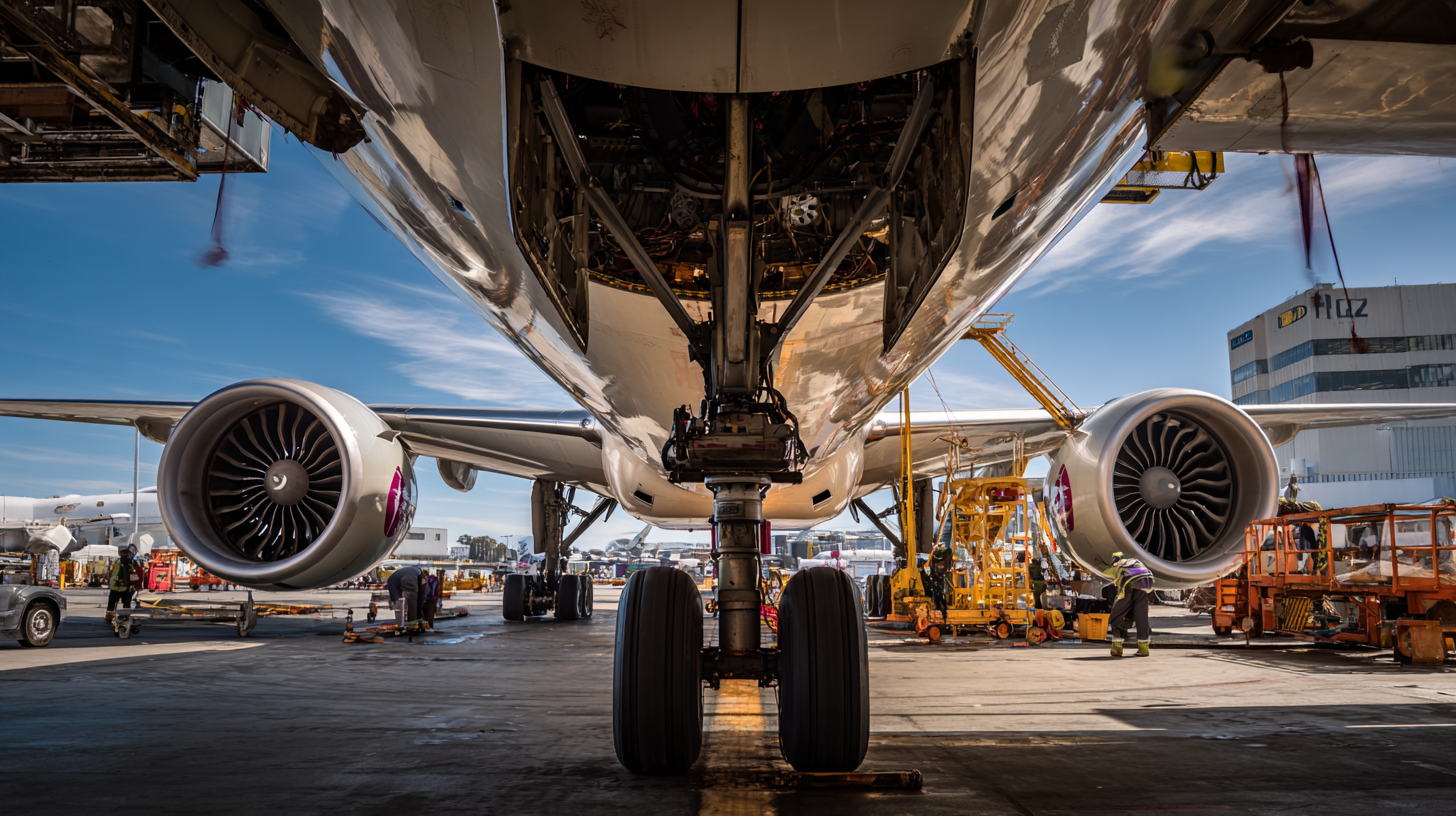
Passenger Experience Innovations: Shaping the Future of Air Travel
The passenger experience in air travel has undergone significant transformations, driven by technological advancements and changing consumer expectations. Innovations such as in-flight entertainment systems, personalized services, and enhanced connectivity are redefining what it means to travel by air. Airlines are now leveraging data analytics to offer tailored experiences that cater to individual preferences, helping to create a more enjoyable and seamless journey for passengers.
Moreover, the rise of mobile technology has empowered travelers to take control of their experiences. From booking flights to managing itineraries and accessing real-time updates, mobile apps are integral to modern air travel. In-flight services have also evolved, with the introduction of gourmet meal options and wellness programs aimed at improving passenger comfort and satisfaction. As airlines continue to focus on innovation, the future of air travel promises to prioritize the passenger experience, creating a more engaging and rewarding journey.
Understanding the Evolution of Aircraft Service: From Maintenance to Passenger Experience
| Dimension | Current Overview | Innovations | Future Trends |
|---|---|---|---|
| Maintenance & Safety | Regular checks, compliance with regulations | Predictive maintenance using AI & IoT | Increased automation, real-time monitoring |
| Passenger Experience | Standardized check-in and boarding processes | Self-service kiosks, mobile apps for convenience | Personalized services through data analytics |
| Cabin Environment | Essential comfort with limited options | Advanced noise-cancellation and air filtration | Smart cabin features with automated adjustments |
| In-Flight Entertainment | Standard film and music options | Streaming services, enhanced connectivity | 360-degree immersive experiences |
| Food & Beverage | Basic meal service | Gourmet meal options, dietary considerations | On-demand service with local specialty food |
Comparative Analysis of Global Aircraft Service Standards
The evolution of aircraft service standards across the globe has been shaped by various factors, including technological advancements, regulatory changes, and shifting passenger expectations. In regions such as North America and Europe, stringent maintenance protocols and safety regulations have established a benchmark for quality. These standards are not only aimed at ensuring the safety and operational efficiency of aircraft but also at enhancing the overall passenger experience. For example, regular inspections and upgrades to cabin amenities reflect a commitment to provide travelers with comfort and satisfaction during their journeys.
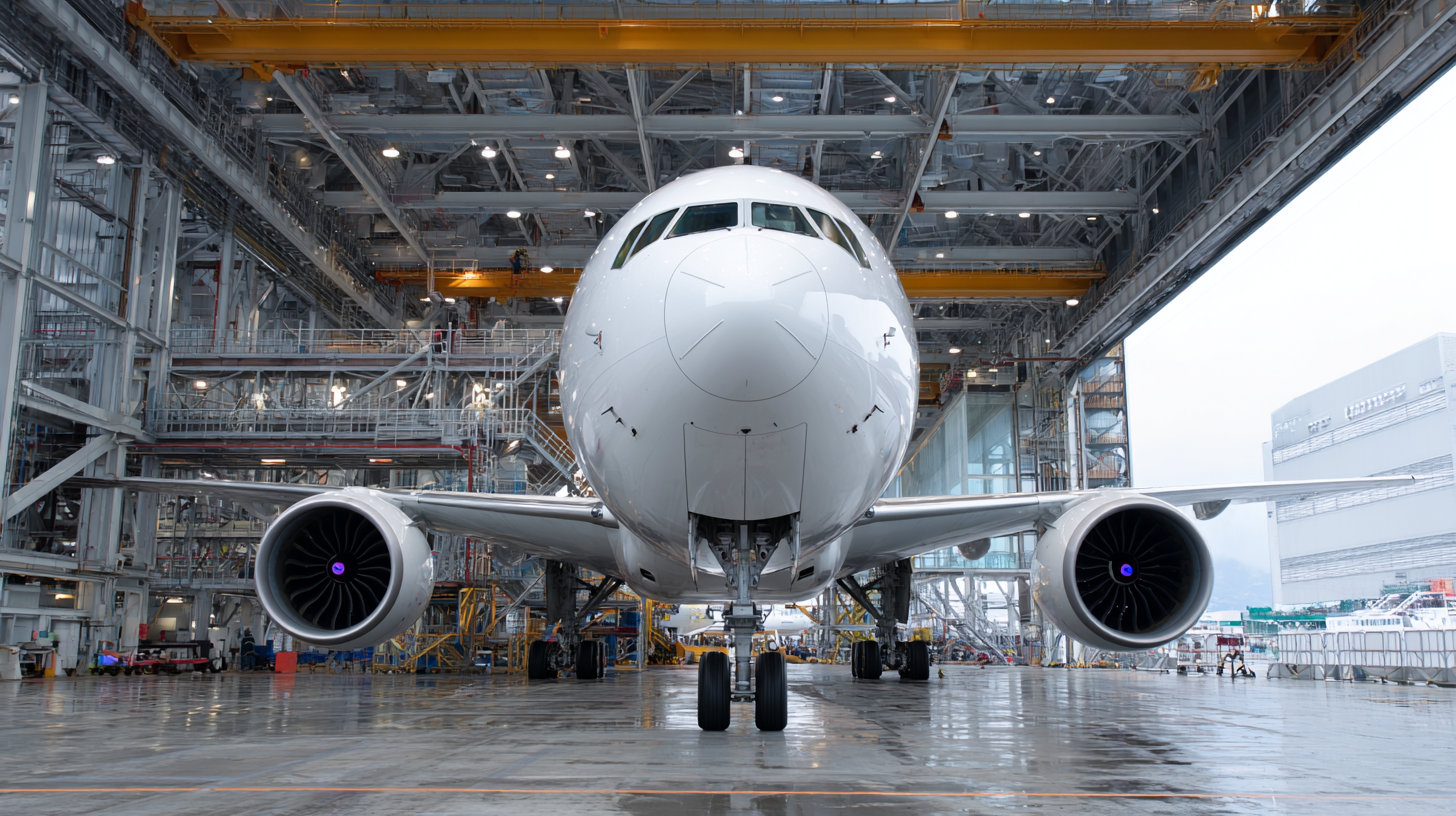
Conversely, the standards in rapidly developing areas, such as Asia and the Middle East, often blend traditional practices with innovative technologies. Airlines in these regions are leveraging digital tools to streamline maintenance processes while also investing heavily in customer service training for staff. This comparative analysis reveals a diverse landscape of aircraft service standards, where cultural nuances influence how services are delivered.
For instance, airlines in the Middle East typically emphasize luxury and hospitality, setting high expectations for passenger experiences, which can differ significantly from the more utilitarian approaches seen in some North American carriers. Ultimately, understanding these varying standards underscores the importance of adapting to local markets while maintaining a focus on safety and customer satisfaction.
The Impact of Regulatory Policies on Aircraft Service Evolution
The evolution of aircraft service has been significantly influenced by regulatory policies that govern various aspects of the aviation industry, including maintenance standards and passenger experience. Over the years, regulations have been updated to address the increasing demands for safety and efficiency in air travel. These policies not only dictate operational protocols but also shape the insurance framework surrounding aircraft service, particularly regarding grounding liability. As the demand for air transport has surged, with more than double the traffic since 2000, regulatory bodies have had to adapt their guidelines to ensure that they meet the challenges of a rapidly growing industry.
In recent times, the development of grounding liability insurance has showcased a shift in how coverage for aircraft operations is constructed. The evolution in this area reflects an increasing recognition of the complexities involved in managing aircraft downtime and the financial implications for operators. Regulatory frameworks have a direct impact on how insurers assess risk and provide coverage, leading to more comprehensive policies that align with current industry standards. This dynamic interplay between regulation and insurance is crucial for maintaining the balance of safety, efficiency, and passenger experience in an ever-evolving aviation landscape.
Related Posts
-
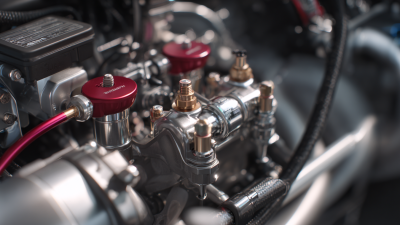
Revolutionizing Aviation: The Future of Fuel Injection Systems in Aircraft Design
-
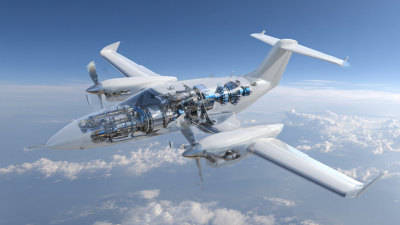
Revolutionizing Aviation with Advanced Fuel Injection Systems Enhancing Efficiency and Performance
-

Exploring the Future of Fuel System Aviation at the 138th Canton Fair 2025
-
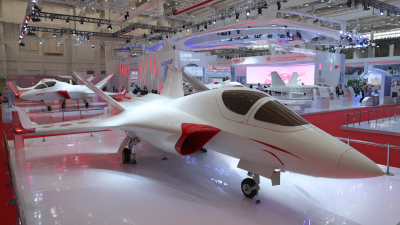
Innovative Aviation Kits Showcase Opportunities at the 2025 China Import and Export Fair
-
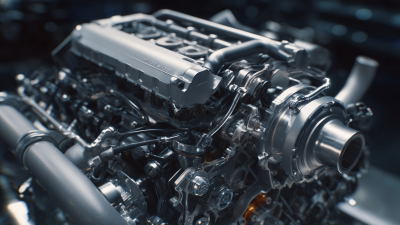
Unlocking Efficiency: A Deep Dive into Fuel Flow Dynamics in Modern Engines
-
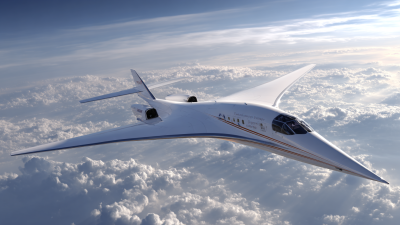
Exploring the Future of Fuel Injection Aircraft: Innovations and Advancements in Aviation Technology
